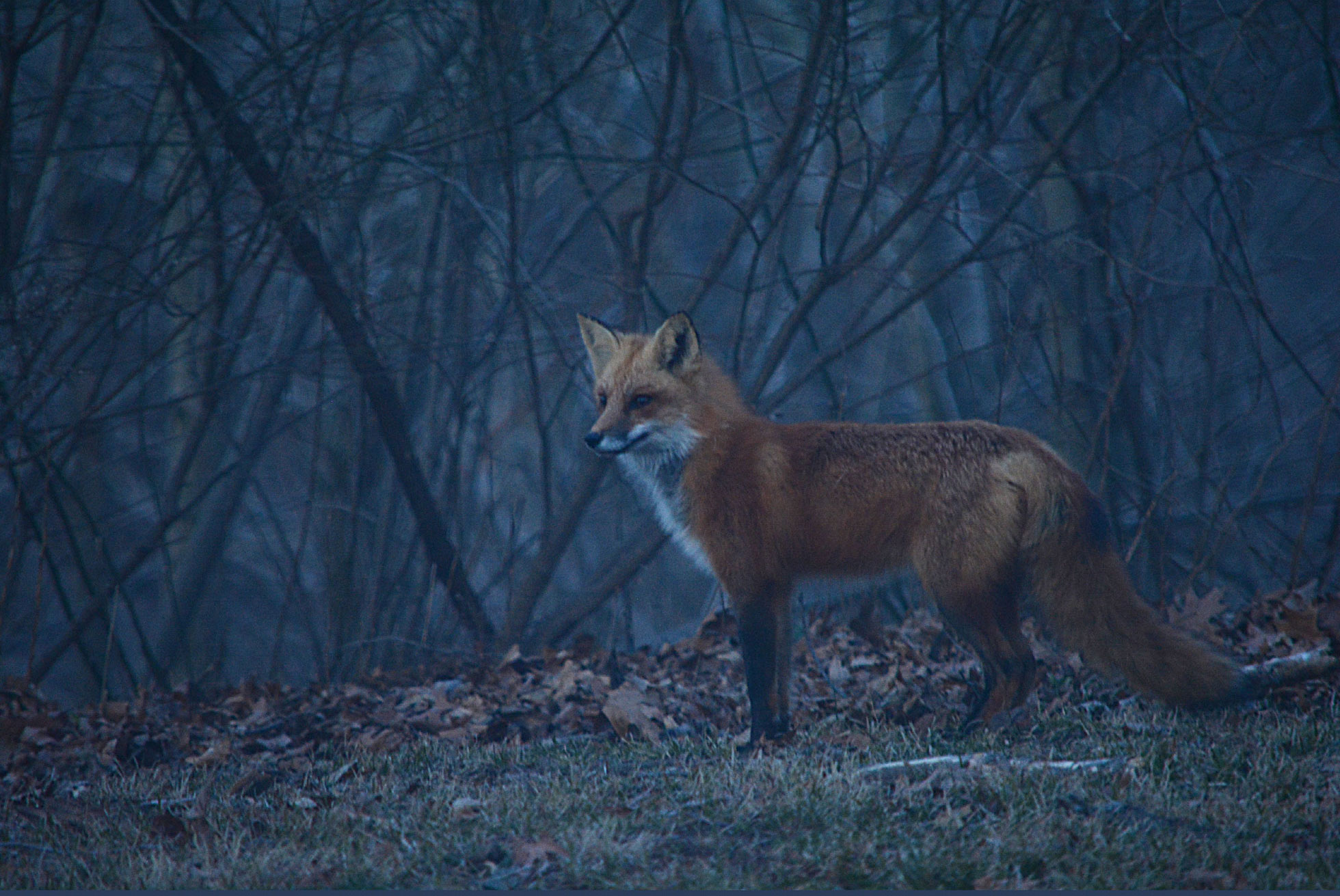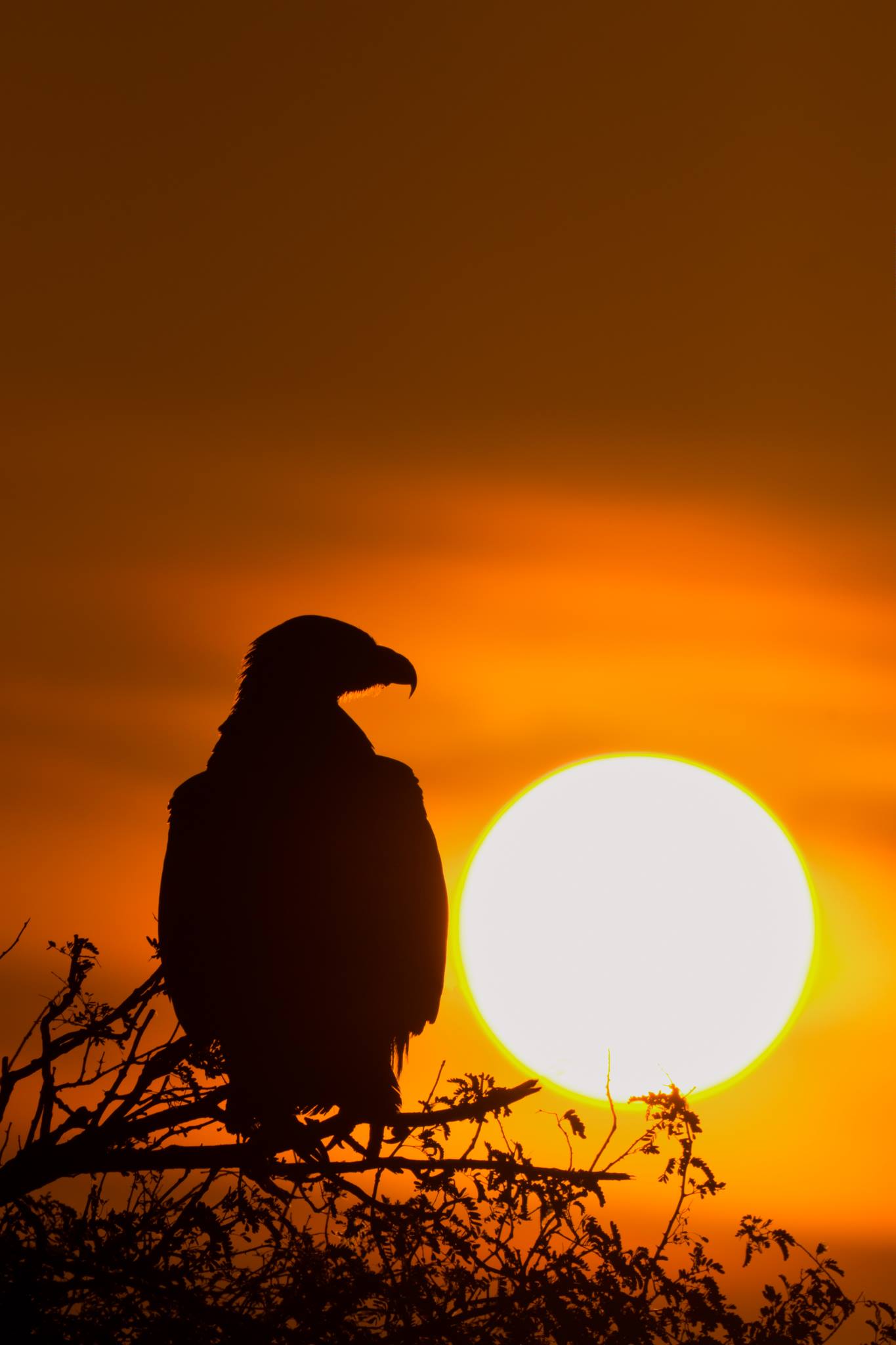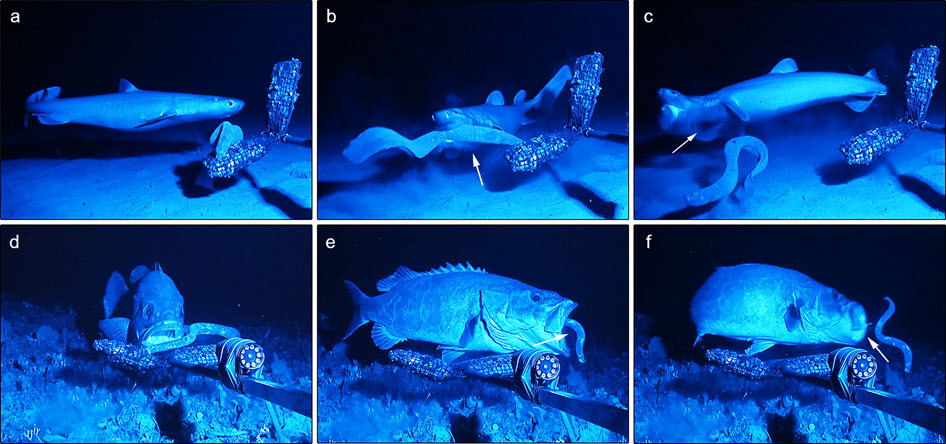|
Crepuscular
In zoology, a crepuscular animal is one that is active primarily during the twilight period, being matutinal, vespertine, or both. This is distinguished from diurnal and nocturnal behavior, where an animal is active during the hours of daylight and of darkness, respectively. Some crepuscular animals may also be active by moonlight or during an overcast day. Matutinal animals are active only before sunrise, and vespertine only after sunset. A number of factors impact the time of day an animal is active. Predators hunt when their prey is available, and prey try to avoid the times when their principal predators are at large. The temperature at midday may be too high or at night too low. Some creatures may adjust their activities depending on local competition. Etymology and usage The word ''crepuscular'' derives from the Latin '' crepusculum'' ("twilight"). Its sense accordingly differs from diurnal and nocturnal behavior, which respectively peak during hours of daylight a ... [...More Info...] [...Related Items...] OR: [Wikipedia] [Google] [Baidu] |
Matutinal
Matutinal, matinal (in entomological writings), and matutine are terms used in the life sciences to indicate something of, relating to, or occurring in the early morning. The term may describe crepuscular animals that are significantly active during the predawn or early morning hours. During the morning twilight period and shortly thereafter, these animals partake in important tasks, such as scanning for mates, mating, and foraging. Matutinal behaviour is thought to be adaptive because there may be less competition between species, and sometimes even a higher prevalence of food during these hours. It may also serve as an anti-predator adaptation by allowing animals to sit between the brink of danger that may come with nocturnal and diurnal activity. Etymology The word ''matutinal'' is derived from the Latin word ', meaning "of or pertaining to the morning", from '' Mātūta'', the Roman goddess of the morning or dawn (+ ''-īnus'' '-ine' + ''-ālis'' '-al'). Adaptive rel ... [...More Info...] [...Related Items...] OR: [Wikipedia] [Google] [Baidu] |
Nocturnality
Nocturnality is an animal behavior characterized by being active during the night and sleeping during the day. The common adjective is "nocturnal", versus diurnal meaning the opposite. Nocturnal creatures generally have highly developed senses of hearing, smell, and specially adapted eyesight. Some animals, such as cats and ferrets, have eyes that can adapt to both low-level and bright day levels of illumination (see metaturnal). Others, such as bushbabies and (some) bats, can function only at night. Many nocturnal creatures including tarsiers and some owls have large eyes in comparison with their body size to compensate for the lower light levels at night. More specifically, they have been found to have a larger cornea relative to their eye size than diurnal creatures to increase their : in the low-light conditions. Nocturnality helps wasps, such as ''Apoica flavissima'', avoid hunting in intense sunlight. Diurnal animals, including squirrels and songbirds, are act ... [...More Info...] [...Related Items...] OR: [Wikipedia] [Google] [Baidu] |
Vespertine (biology)
Vespertine is a term used in the life sciences to indicate something of, relating to, or occurring in the evening. In botany, a vespertine flower is one that opens or blooms in the evening. In zoology, the term is used for a creature that becomes active at dusk, such as bats and owls. Strictly speaking, however, the term means that activity ceases during the hours of full darkness and does not resume until the next evening. Activity that continues throughout the night should be described as nocturnal. Vespertine behaviour is a special case of crepuscular behaviour; like crepuscular activity, vespertine activity is limited to dusk rather than full darkness. Unlike vespertine activity, crepuscular activity may resume in dim twilight before dawn. A related term is matutinal, referring to activity limited to the dawn twilight. The word ''vespertine'' is derived from the Latin word ', meaning "evening". See also * Crypsis * Matutinal Matutinal, matinal (in entomological writin ... [...More Info...] [...Related Items...] OR: [Wikipedia] [Google] [Baidu] |
Short-eared Owl
The short-eared owl (''Asio flammeus'') is a widespread grassland species in the family Strigidae. Owls belonging to genus ''Asio'' are known as the eared owls, as they have tufts of feathers resembling mammalian ears. These "ear" tufts may or may not be visible. The short-eared owl will display its tufts when in a defensive pose, although its very short tufts are usually not visible. The short-eared owl is found in open country and grasslands. Taxonomy The short-eared owl was formally described in 1763 by the Lutheran bishop Erik Pontoppidan under the binomial name ''Strix flammea''. The specific epithet is from the Latin ''flammeus'' meaning "flammulated" or "flame-coloured". This owl is now placed with seven other species in the genus ''Asio'' that was introduced by the French zoologist Mathurin Jacques Brisson in 1760. Eleven subspecies are recognised: * ''A. f. flammeus'' – (Pontoppidan, 1763): the nominate subspecies, found in North America, Europe, North Africa and ... [...More Info...] [...Related Items...] OR: [Wikipedia] [Google] [Baidu] |
Diurnality
Diurnality is a form of plant and animal behavior characterized by activity during daytime, with a period of sleeping or other inactivity at night. The common adjective used for daytime activity is "diurnal". The timing of activity by an animal depends on a variety of environmental factors such as the temperature, the ability to gather food by sight, the risk of predation, and the time of year. Diurnality is a cycle of activity within a 24-hour period; cyclic activities called circadian rhythms are endogenous cycles not dependent on external cues or environmental factors except for a zeitgeber. Animals active during twilight are crepuscular, those active during the night are nocturnal and animals active at sporadic times during both night and day are cathemeral. Plants that open their flowers during the daytime are described as diurnal, while those that bloom during nighttime are nocturnal. The timing of flower opening is often related to the time at which preferred pollinators ar ... [...More Info...] [...Related Items...] OR: [Wikipedia] [Google] [Baidu] |
Antipredator Adaptation
Anti-predator adaptations are mechanisms developed through evolution that assist prey organisms in their constant struggle against predators. Throughout the animal kingdom, adaptations have evolved for every stage of this struggle, namely by avoiding detection, warding off attack, fighting back, or escaping when caught. The first line of defence consists in avoiding detection, through mechanisms such as camouflage, masquerade, apostatic selection, living underground, or nocturnality. Alternatively, prey animals may ward off attack, whether by advertising the presence of strong defences in aposematism, by mimicking animals which do possess such defences, by startling the attacker, by signalling to the predator that pursuit is not worthwhile, by distraction, by using defensive structures such as spines, and by living in a group. Members of groups are at reduced risk of predation, despite the increased conspicuousness of a group, through improved vigilance, predator confus ... [...More Info...] [...Related Items...] OR: [Wikipedia] [Google] [Baidu] |
Twilight
Twilight is light produced by sunlight scattering in the upper atmosphere, when the Sun is below the horizon, which illuminates the lower atmosphere and the Earth's surface. The word twilight can also refer to the periods of time when this illumination occurs. The lower the Sun is beneath the horizon, the dimmer the twilight (other factors such as atmospheric conditions being equal). When the Sun reaches 18° below the horizon, the twilight's brightness is nearly zero, and evening twilight becomes nighttime. When the Sun again reaches 18° below the horizon, nighttime becomes morning twilight. Owing to its distinctive quality, primarily the absence of shadows and the appearance of objects silhouetted against the lit sky, twilight has long been popular with photographers and painters, who often refer to it as the blue hour, after the French French (french: français(e), link=no) may refer to: * Something of, from, or related to France ** French language, which originat ... [...More Info...] [...Related Items...] OR: [Wikipedia] [Google] [Baidu] |
The Hindu
''The Hindu'' is an Indian English-language daily newspaper owned by The Hindu Group, headquartered in Chennai, Tamil Nadu. It began as a weekly in 1878 and became a daily in 1889. It is one of the Indian newspapers of record and the second most circulated English-language newspaper in India, after '' The Times of India''. , ''The Hindu'' is published from 21 locations across 11 states of India. ''The Hindu'' has been a family-owned newspaper since 1905, when it was purchased by S. Kasturi Ranga Iyengar from the original founders. It is now jointly owned by Iyengar's descendants, referred to as the "Kasturi family", who serve as the directors of the holding company. The current chairperson of the group is Malini Parthasarathy, a great-granddaughter of Iyengar. Except for a period of about two years, when S. Varadarajan held the editorship of the newspaper, the editorial positions of the paper were always held by members of the family or held under their direction. His ... [...More Info...] [...Related Items...] OR: [Wikipedia] [Google] [Baidu] |
Walnut Twig Beetle
''Pityophthorus juglandis'', also known as the walnut twig beetle for feeding on several different species of walnut trees, ''Juglans'', is one of only a few species in the genus ''Pityophthorus'' that is associated with hardwoods and the only one associated with feeding on walnut trees. Description ''Pityophthorus juglandis'' can easily be distinguished from other members of its genus. Curtis Utley, a researcher at Colorado State University, elaborates on these differences stating, "Among these differences there are the 4 to 6 concentric rows of asperities on the prothorax, usually broken and overlapping at the median line. The declivity at the end of the wing covers is steep, very shallowlbisulcate and at the apex it is generally flattened with small granules." The walnut twig beetles' small size is common for its genus. Adult beetles average between 1.5 and 1.9 millimeters in length. Although little is known about the life-cycle of the walnut twig beetle, during experimentati ... [...More Info...] [...Related Items...] OR: [Wikipedia] [Google] [Baidu] |
Galapagos Hawk
The Galápagos hawk (''Buteo galapagoensis'') is a large hawk endemic to most of the Galápagos Islands. Description The Galapágos hawk is similar in size to the red-tailed hawk (''Buteo jamaicensis'') and the Swainson's hawk (''Buteo swainsoni'') of North America, but the size is variable across the islands as is recorded for many animals native to the Galapágos. They appear to be somewhat more heavily built than those well-known mainland species, and going on average weights, this species is the second heaviest ''Buteo'' in the Americas, behind only the ferruginous hawk. The Galapágos hawk can range from in length from beak to tail with a wingspan of .Del Hoyo, J., & Elliot, A. I SARGATAL, J. eds. 1994. ''Handbook of the birds of the World. Vol. 2. New World Vultures to Guineafowl''. Lynx Edicions, Barcelona. The smallest hawk sizes recorded are on Marchena Island, where males average and females average . Intermediate in size are the hawks of Santiago Island, on which ... [...More Info...] [...Related Items...] OR: [Wikipedia] [Google] [Baidu] |




_(1).jpg)



